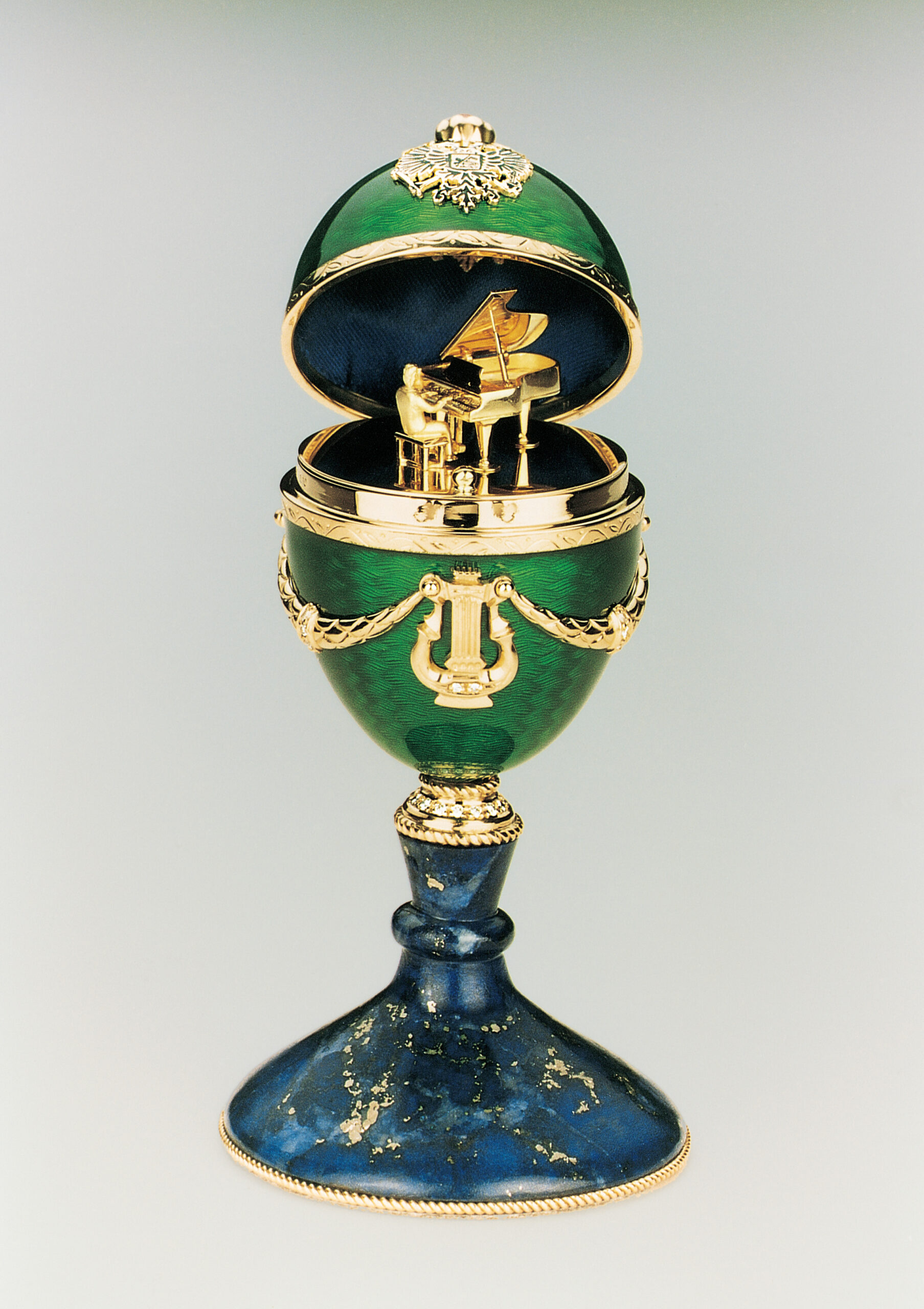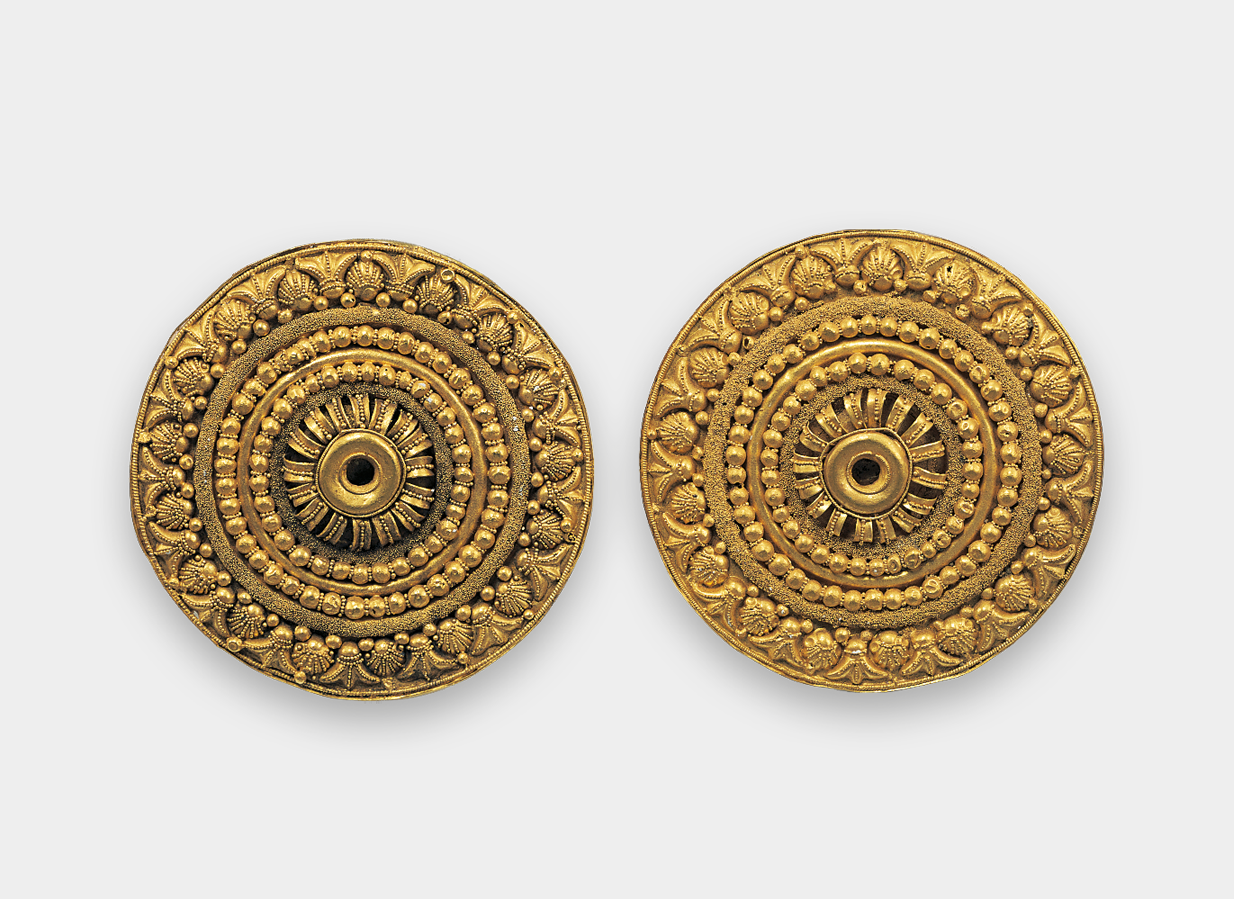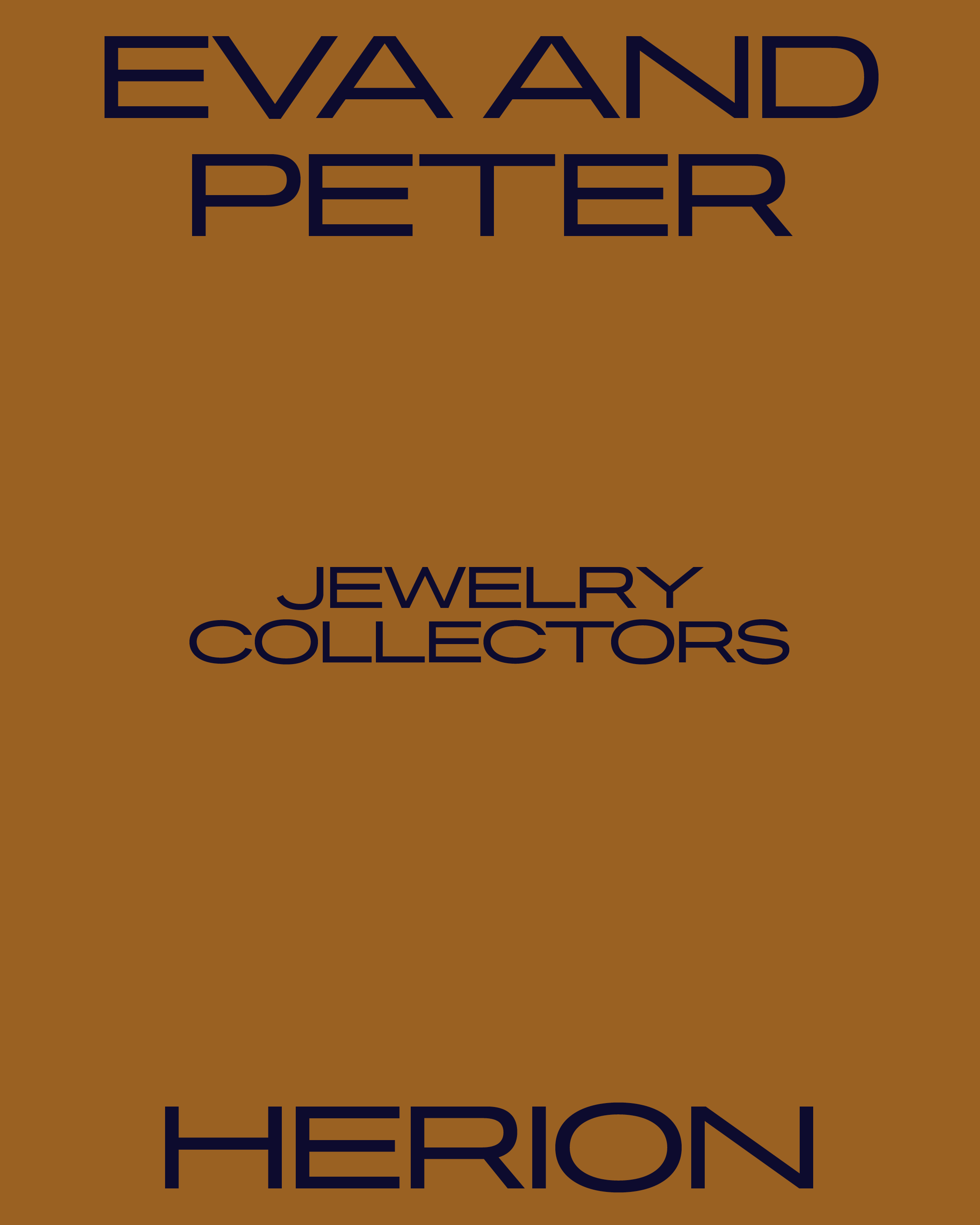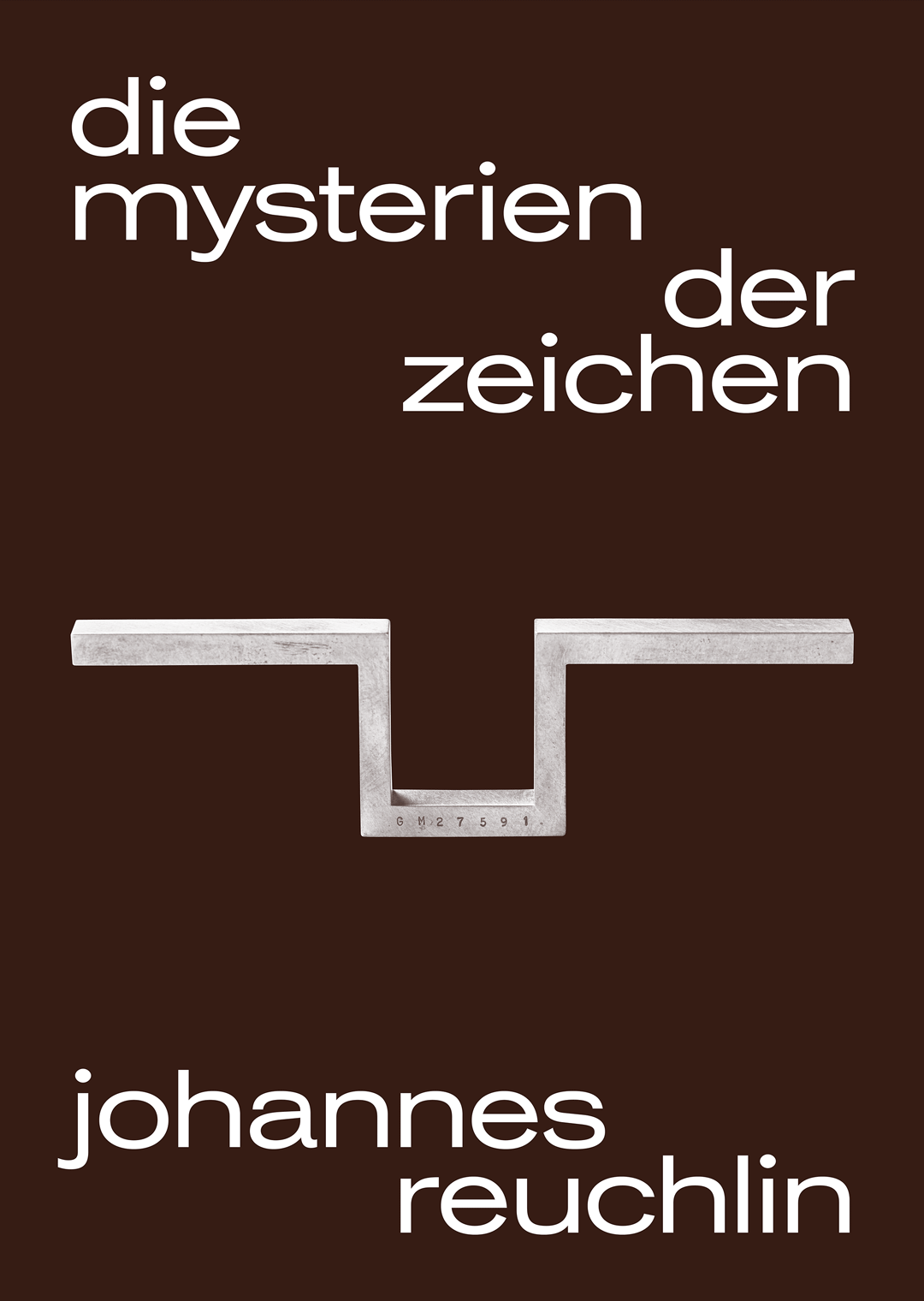In the late 19th and early 20th centuries, during the height of the Art Nouveau movement, lily of the valley emerged as a favored motif. Designers like the legendary René Lalique breathed life into this flower through exquisite enamelwork, carved gemstones, and sculptural gold and silver designs. Lalique’s lily of the valley brooches and pendants became emblematic of the era’s celebration of nature’s organic forms and marked a new chapter in floral-inspired jewelry.
Moving forward in time, the Retro era of the 1940s reignited the romanticism of jewelry design. Lily of the valley motifs found their place in brooches, earrings, and necklaces crafted in precious metals like gold and platinum, adorned with diamonds and other gemstones. These pieces, exquisitely detailed and meticulously crafted, aimed to capture the ethereal qualities of the flower and evoke a sense of femininity and elegance.
Even in the modern era, lily of the valley continues to inspire contemporary jewelry designers. Today, we witness a fusion of traditional craftsmanship and innovative materials, resulting in captivating interpretations of this beloved flower. Stylized or abstract representations of lily of the valley are found in jewelry crafted from resin, ceramic, and even recycled materials. Designers employ intricate metalwork to recreate the flower’s delicate form and texture, while incorporating their unique artistic visions.







